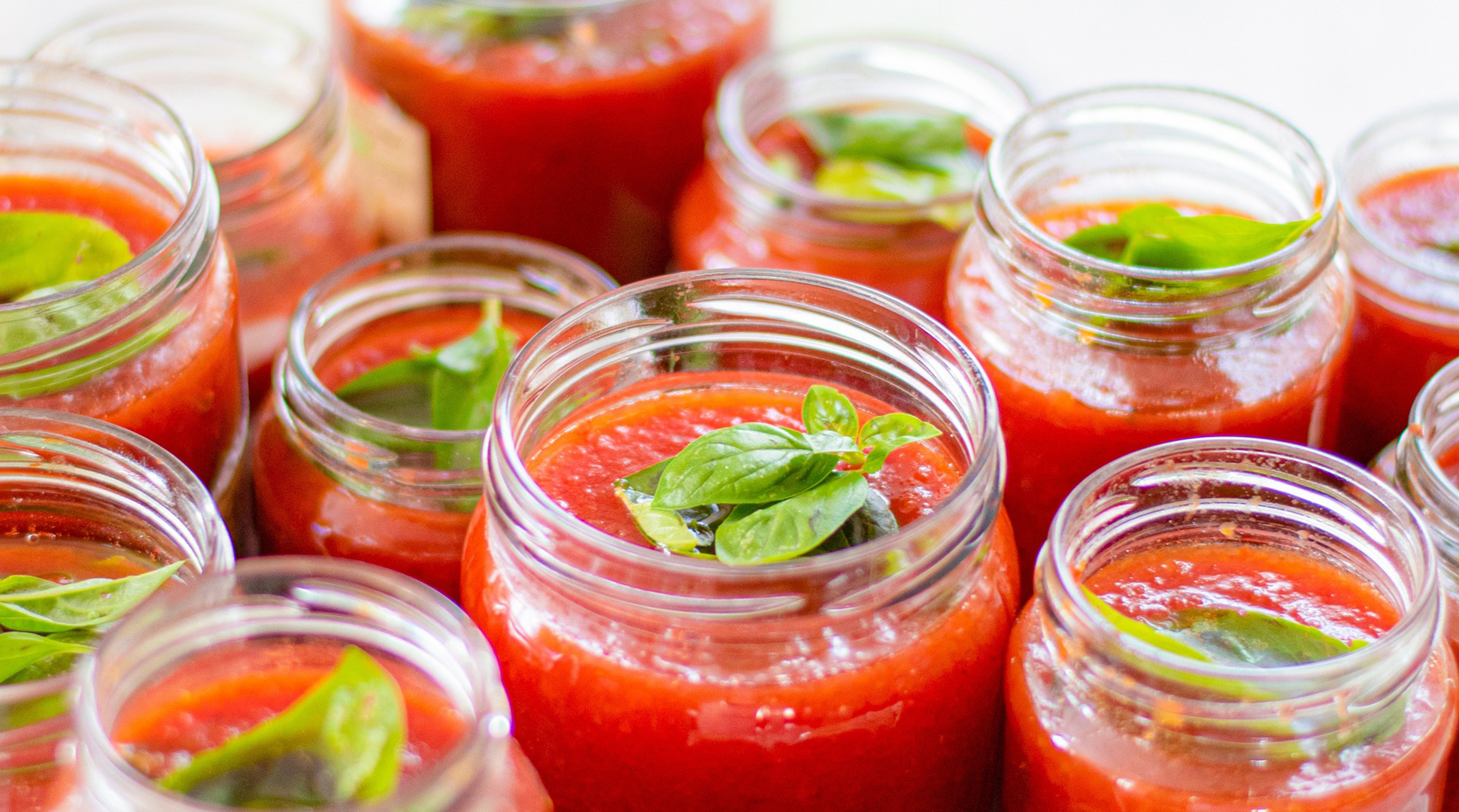Photo courtesy Pixabay
By Julie Garden-Robinson, PhD, LRD
The other day, I received a notification on my phone that someone had “tagged” me on Facebook.
You never know the photo someone might have found of you from the past to post. I was hoping it wasn’t from my embarrassing days of permed hair. I opened Facebook to learn more.
The tagged item was not what I was expecting.
Am I the only person who gets “tagged” during botulism outbreaks? Most likely I am one of the few.
At least I didn’t have “big hair” on Facebook.
Recently, 10 people in California were treated for botulism after eating home-canned cactus pads in a salad. Two people were in the intensive care unit with severe respiratory issues.
Some of the hallmark symptoms of botulism poisoning are blurred or double vision and difficulty swallowing and breathing. The toxin (or poison) attacks the nerves and can paralyze muscles, including the muscles needed to breathe.
Without prompt medical treatment, botulism can be fatal.
Botulism toxin has no characteristic color or odor. If a food was improperly canned, we do not recommend that you taste the home-canned food “to see if it is safe.” Do not take the risk. A small taste could be fatal.
Be aware that you are a full-fledged scientist when you are canning food. You might even put on a lab coat or at least an apron.
Some of the home canning recipes I see shared online actually scare me. You might discover some outdated and potentially unsafe canning recipes in old cookbooks or recipe boxes. I understand the sentimental value of old recipes. Cakes, cookies and hot dishes are not the concern.
Your great-grandparents would not want you to take risks with your health. Just because they might have sealed food in jars with galvanized screw top lids without any processing equipment doesn’t mean we should.
Be sure to use safe sources of recipes from university Extension throughout the U.S., from the U.S. Department of Agriculture and the current Ball Blue Book.
Sometimes, commercially canned food is implicated in botulism outbreaks. If a food was recalled due to a safety risk, follow the guidance from the manufacturer.
Food needs to be at a certain acidity level to be canned in a water-bath canner. Pickles, tomatoes with added lemon juice, jams and jellies are among the foods that can be canned safely in a boiling water-bath canner.
Low-acid foods such as vegetables, meat and many mixtures of food must be processed in a pressure canner to inactivate the potentially deadly bacterium, Clostridium botulinum, associated with the botulism toxin. To inactivate the bacteria, you must reach about 240 degrees Fahrenheit, which is only possible in a pressure canner. Follow these safety tips:
- If you invent a salsa recipe, canning experts suggest freezing your creation.
- Be sure your equipment is up to date. If you have a dial gauge pressure canner, be sure to have an annual gauge test done, which is available from many Extension offices.
- Do not can food in your oven.
- Prepare canning lids as directed on the box. Most do not require boiling. Do not overtighten or the lids can buckle. Remove the screw band before storing in a cool, dry place.
- Use vinegar in pickling recipes with a 5% acidity level. That’s the acidity that was used in testing the recipes, so we know that is safe.
- Add lemon juice or citric acid in the prescribed amount to canned tomatoes. Many of our tomato varieties are less acidic than they used to be. The processing times also have been updated. Preserving food from a grocery store, farmers market or your own backyard garden can be very rewarding. Be sure to keep your family and friends safe by following the latest guidance. See the “Food Preservation” information at www.ag.ndsu.edu/food to learn more.
Julie Garden-Robinson, Ph.D., R.D., L.R.D., is a North Dakota State University Extension food and nutrition specialist and professor in the Department of Health, Nutrition and Exercise Sciences.
